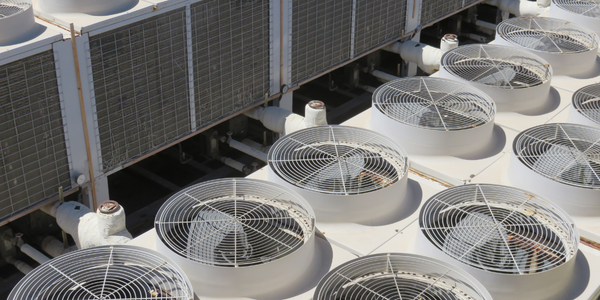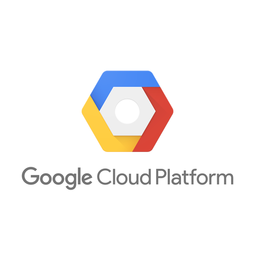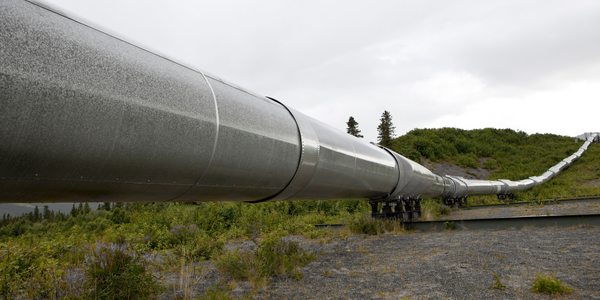Customer Company Size
Large Corporate
Region
- Asia
Country
- India
Product
- BigQuery
- Apigee
- Vertex AI
Tech Stack
- Google Cloud
- MLOps
- Natural Language AI
Implementation Scale
- Enterprise-wide Deployment
Impact Metrics
- Customer Satisfaction
- Digital Expertise
Technology Category
- Analytics & Modeling - Machine Learning
- Application Infrastructure & Middleware - API Integration & Management
- Platform as a Service (PaaS) - Connectivity Platforms
Applicable Functions
- Business Operation
Use Cases
- Predictive Maintenance
- Remote Asset Management
Services
- Cloud Planning, Design & Implementation Services
- System Integration
About The Customer
HDFC ERGO General Insurance Company Limited is one of India's leading non-life insurance companies in the private sector. It was promoted by the erstwhile Housing Development Finance Corporation Ltd. (HDFC), India's premier Housing Finance Institution, and ERGO International AG, the primary insurance entity of Munich Re Group. Following the amalgamation of HDFC with HDFC Bank Limited, one of India's leading private sector banks, HDFC ERGO became a subsidiary of the bank. The company has been serving the general insurance needs of millions of Indians since 2002. As a digital-first company, HDFC ERGO is transforming into an AI-first company, leveraging technology to offer customers the best-in-class service experience. The company is committed to providing innovative insurance solutions and has embarked on a digital transformation journey to enhance customer engagement and satisfaction.
The Challenge
HDFC ERGO, a leading non-life insurance company in India, faced the challenge of transforming its digital infrastructure to better serve its customers. The company aimed to move from a market share focus to capturing mindshare by leveraging its vast data resources. This required integrating complex hybrid IT systems and creating a unified cloud layer to support its digital transformation strategy, known as HDFC ERGO 3.0. The goal was to develop a unique insurance-led ecosystem and consumer-facing superapp, 'Here.', to provide personalized AI-driven services at scale across India. Additionally, the company sought to empower insurance advisors with the 1Up superapp, enabling AI services to manage policies, create quotes, and improve performance. The challenge was to migrate a 20-year-old IT infrastructure to a cloud-native, data-driven ecosystem while integrating structured and unstructured data for machine learning-driven analytics.
The Solution
To achieve its digital transformation goals, HDFC ERGO embarked on a comprehensive cloud migration to a cloud-native, data-driven ecosystem on Google Cloud. The company partnered with Niveus Solutions and Lumiq to architect the transformation. The migration involved moving a 20-year-old IT infrastructure to the cloud and integrating structured and unstructured data in BigQuery. Lumiq played a crucial role in building the entire 3.0 program around BigQuery as an autoscaling data lake, unifying data spread across disparate silos and legacy systems. BigQuery was then deployed as a powerful data warehouse for machine learning-driven analytics, powering the two superapps, 'Here.' and '1Up'. Niveus Solutions drove the Google Cloud migration and the building of the 1Up app, while Lumiq focused on data modernization. The integration of superapp ecosystem partners was facilitated by Apigee, a fully-managed API management tool, enabling seamless integration within the insurance partner ecosystem. Apigee's utility extended beyond the superapp experience, facilitating back-end middleware applications for streamlined operational efficiencies. Additionally, HDFC ERGO deployed Vertex AI and Google's generative AI engine to drive personalized offerings and demystify insurance concepts for consumers across India.
Operational Impact
Quantitative Benefit

Case Study missing?
Start adding your own!
Register with your work email and create a new case study profile for your business.
Related Case Studies.

Case Study
Remote Monitoring & Predictive Maintenance App for a Solar Energy System
The maintenance & tracking of various modules was an overhead for the customer due to the huge labor costs involved. Being an advanced solar solutions provider, they wanted to ensure early detection of issues and provide the best-in-class customer experience. Hence they wanted to automate the whole process.
.png)
Case Study
Improving Vending Machine Profitability with the Internet of Things (IoT)
The vending industry is undergoing a sea change, taking advantage of new technologies to go beyond just delivering snacks to creating a new retail location. Intelligent vending machines can be found in many public locations as well as company facilities, selling different types of goods and services, including even computer accessories, gold bars, tickets, and office supplies. With increasing sophistication, they may also provide time- and location-based data pertaining to sales, inventory, and customer preferences. But at the end of the day, vending machine operators know greater profitability is driven by higher sales and lower operating costs.

Case Study
Predictive Maintenance for Industrial Chillers
For global leaders in the industrial chiller manufacturing, reliability of the entire production process is of the utmost importance. Chillers are refrigeration systems that produce ice water to provide cooling for a process or industrial application. One of those leaders sought a way to respond to asset performance issues, even before they occur. The intelligence to guarantee maximum reliability of cooling devices is embedded (pre-alarming). A pre-alarming phase means that the cooling device still works, but symptoms may appear, telling manufacturers that a failure is likely to occur in the near future. Chillers who are not internet connected at that moment, provide little insight in this pre-alarming phase.

Case Study
Remote Wellhead Monitoring
Each wellhead was equipped with various sensors and meters that needed to be monitored and controlled from a central HMI, often miles away from the assets in the field. Redundant solar and wind generators were installed at each wellhead to support the electrical needs of the pumpstations, temperature meters, cameras, and cellular modules. In addition to asset management and remote control capabilities, data logging for remote surveillance and alarm notifications was a key demand from the customer. Terra Ferma’s solution needed to be power efficient, reliable, and capable of supporting high-bandwidth data-feeds. They needed a multi-link cellular connection to a central server that sustained reliable and redundant monitoring and control of flow meters, temperature sensors, power supply, and event-logging; including video and image files. This open-standard network needed to interface with the existing SCADA and proprietary network management software.









